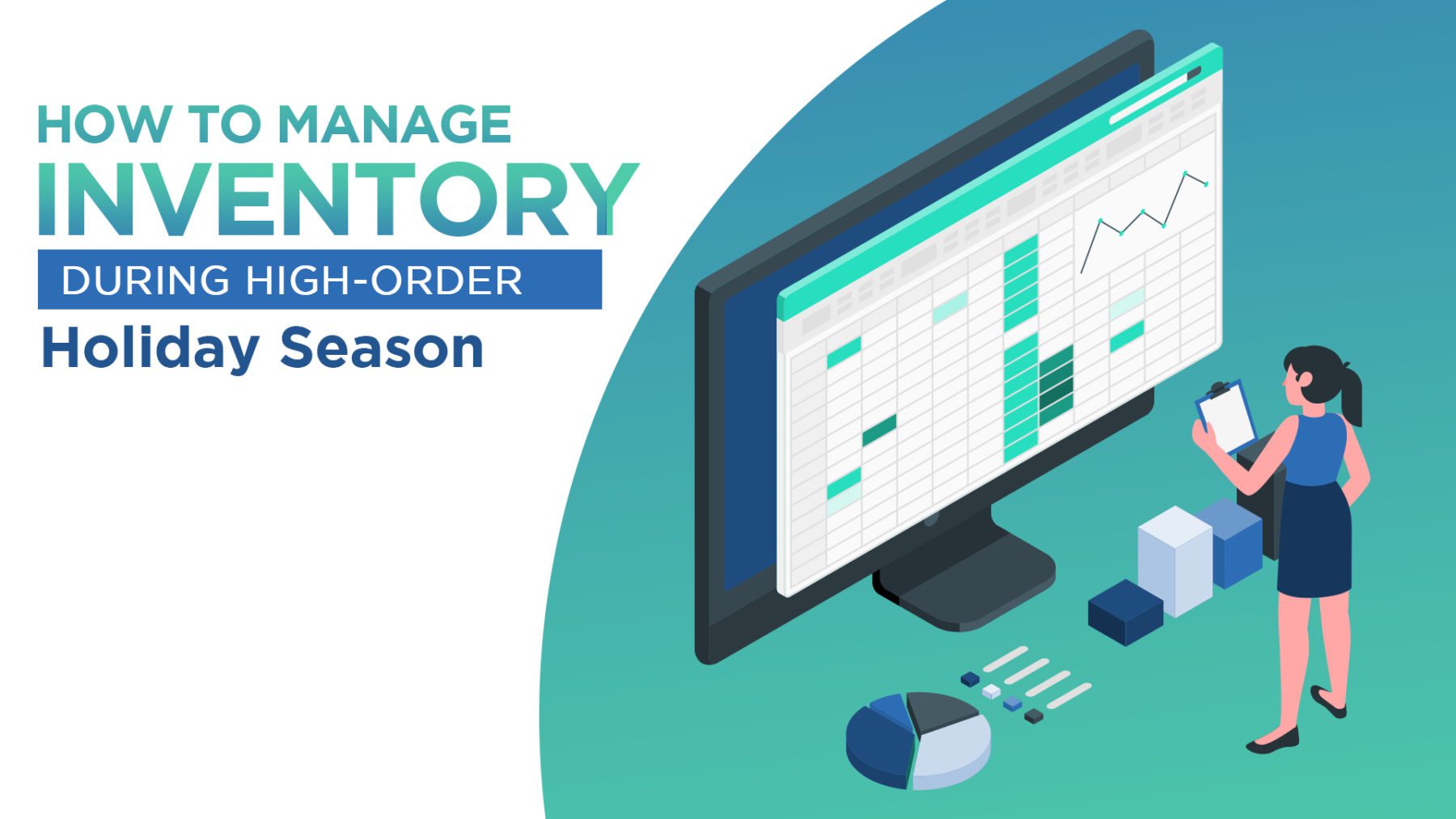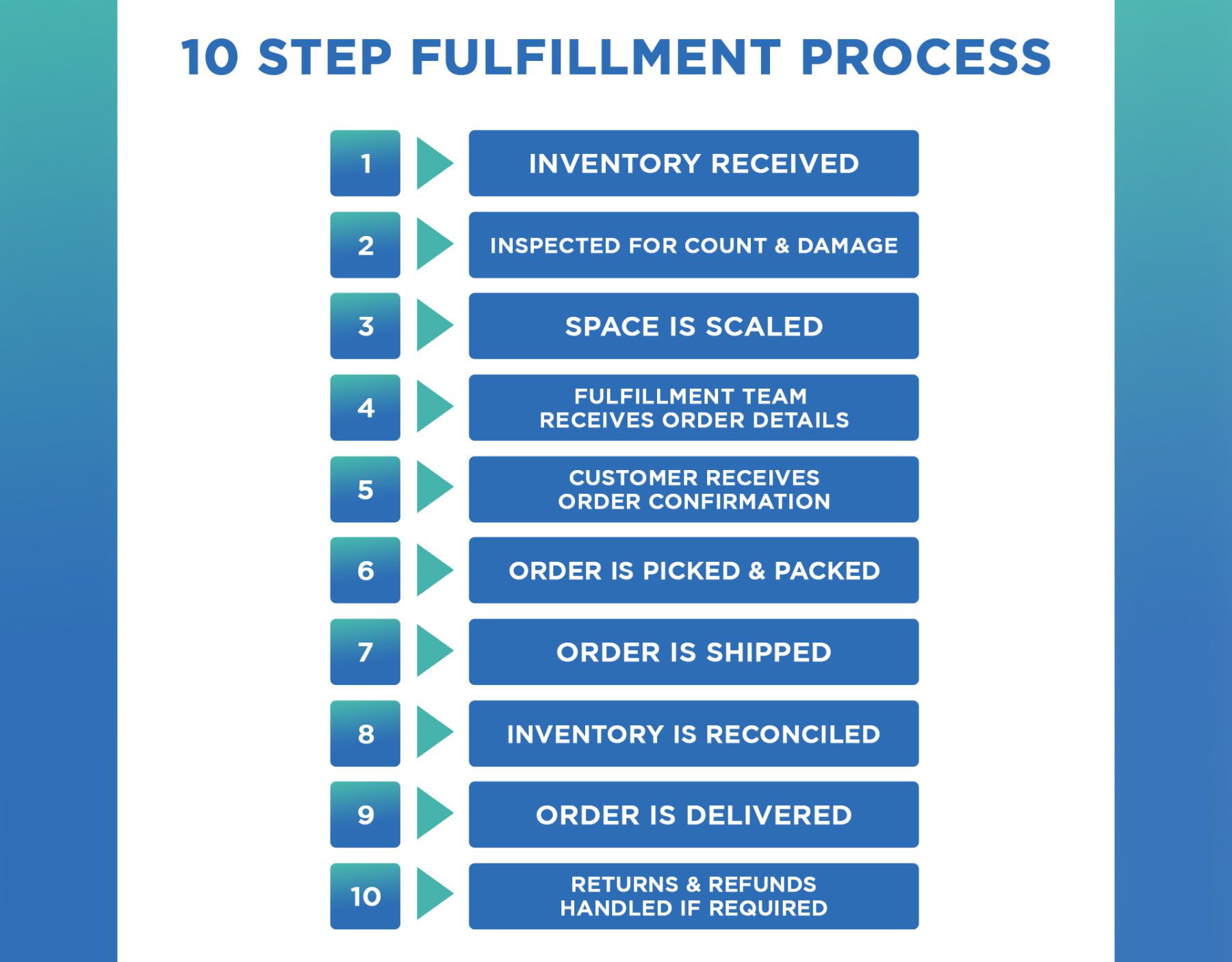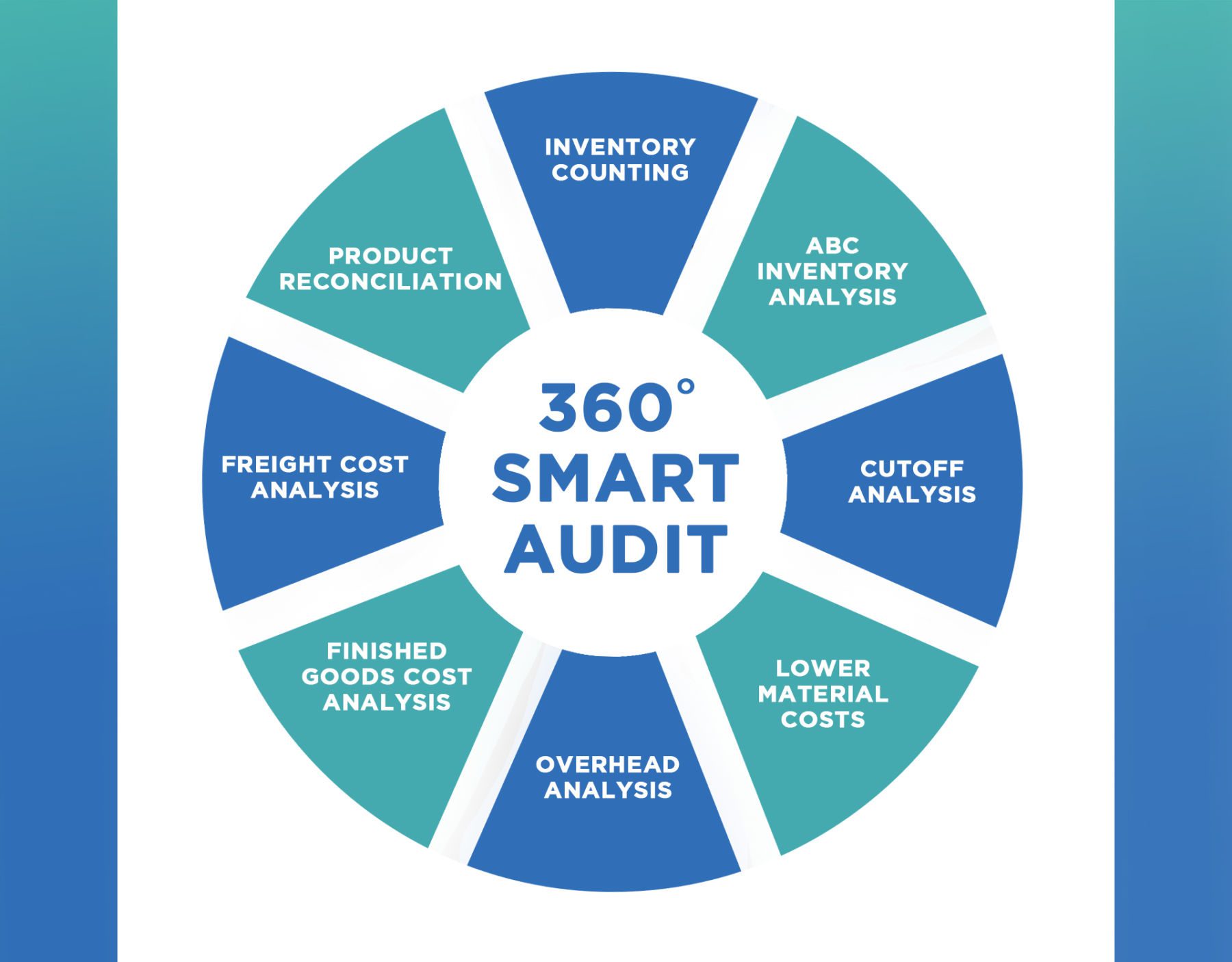
How to Manage Inventory During High-Order Holiday Seasons
Holidays are not just an exciting time for people but also for businesses.
Research says nearly 30% of all retail sales happen between Black Friday and Christmas, while another study predicted that people would splurge $843 billion during the 2021 holiday season.
But to get a piece of the pie, you need to step into the holiday season with utmost preparation and sufficient inventory to carry you through it. Having orders pouring in but not enough stock to support them or having your money tied up in stock that’s not selling well can lead to a loss in revenue for your business.
To handle the influx of orders and avoid disappointing your customers or losing sales, careful inventory planning and management become crucial.
In this article, we’ll take you through 7 top strategies to help you with this so you can make the most of the holiday season. Let’s begin!
7 Strategies to Manage Inventory During the Holiday Season
Managing inventory can be challenging throughout the year, but especially during the holiday season—given the high order volumes, longer product lead times, and shipping and delivery-related delays.
But staying on top of your inventory and having a smooth season is not impossible, provided you remain vigilant and follow these strategies:
1. Forecast demand accurately
The first thing to keep in mind is to start planning for the season in advance—so that the holidays don’t creep up on you and you don’t have to juggle with placing, procuring, and fulfilling orders, all towards the end.
When it comes to planning inventory for the holiday season, the aim should be to order enough so you don’t sell out prematurely. But at the same time, you need to make sure you don’t order too much and risk creating a deadstock.
So, how do you arrive at the optimal inventory balance? It’s by proper demand forecasting, which involves:
- Looking at past holiday demand: Open up your data from the last few holiday seasons and see which items you sold the most and which provided the most profits. Also, check when sales shot up and whether you ran out of inventory the previous seasons.
- Analyzing your sales trends: Besides the previous holiday seasons, your sales data from recent months can also give you insights into your store’s best-selling products and buyer behavior. The key is to analyze what sells in your industry, during the holiday season and throughout the year.
- Understanding market trends: It’s crucial to keep track of current trends and know which items in your industry will be in demand this season. Social media can be a great place for this, helping you understand what to stock up on.
An inventory management tool like SellerChamp can prove to be useful here—it can help you track your past orders across channels and give a clear picture of the stock you currently hold. This, combined with analyzing past sales and industry trends, can give you a firm understanding of the inventory you need to purchase and maintain for the holiday season.
2. Place orders with your suppliers early
The holiday season is busy for everyone, including your manufacturers and suppliers.
This makes it important for you to place and confirm your orders with them in advance—so they can deliver in time, and you can resolve any potential issues in the supply chain before the peak season begins.
Besides being specific with your suppliers about the quantity you expect, it’s also crucial to convey your reorder points to them and discuss mutually-convenient delivery schedules. If they raise any issues, try adjusting your order volume or look out for substitutes so you can get the required inventory ahead of time.
Also, keep the product lead times in mind when placing orders. Make sure to order sufficient quantities of products that will take longer to replenish so you don’t face stockouts.

Pro tip: Use SellerChamp to automate routing orders to your suppliers and make coordinating with them hassle-free.
3. Coordinate product marketing with your inventory
While many factors, including market trends, determine the demand for a product, it also depends on how you market it.
For example, running social media campaigns for a product or promoting it on your homepage can lead to a surge in its sales. And finding it out-of-stock can disappoint your customers and damage your brand’s image.
So, it’s important to coordinate what you advertise with the stock you hold or are expecting.
Focus on promoting products you have sufficient stock of or can replenish quickly so you can handle the potential spike in sales. This will make inventory management efficient and help ensure you don’t oversell and cause customer disappointment.
4. Streamline order fulfillment processes
Order fulfillment involves everything, from picking to packing and shipping orders and handling returns—and streamlining all these processes can set you up for some holiday-season success.

The first step here is to organize your warehouse ahead of time and ensure all products are in their proper place and correctly labeled. This will help you handle high order volumes and your inventory more systematically.
Next, you need to optimize your delivery processes. Shipping can take longer than usual in the busy season, so it’s essential to have a solid system in place so you can get products delivered to customers in time.
If you have a large volume of inventory or are expecting high orders, consider taking the help of a third-party logistics (3PL) company to handle warehousing, packaging, or shipping for you. You can also use SellerChamp to integrate your orders with different third-party fulfillment partners for seamless multi-channel fulfillment.
And if you already work with a 3PL, make sure to check in on them before the season kickstarts to ward off any fulfillment-related issues.
Returns are also inevitable during the holidays as there will always be customers who want to exchange the gifts they received. But a return policy clearly mentioned on your website and highlighting returnable products can help avoid unnecessary returns and make inventory management smoother.
Here’s an example of an online eCommerce store return policy:

5. Conduct inventory audits

The holiday season calls for close monitoring of your inventory and regular audits so you can spot and fix problems like overstocking and understocking timely.
A tool like SellerChamp can help here—it provides real-time reports so you can stay on top of your inventory and prevent running out of stock and overselling.
Also, keep checking your inventory turnover ratios and make adjustments accordingly. A low turnover ratio indicates overstocking or poor sales performance, so consider scaling back the orders planned for such products.
On the other hand, a high ratio shows healthy sales but also difficulty in keeping up with the demand, so be prompt in restocking these items. If you can’t place orders with your original suppliers due to long lead times or product unavailability, switch to their substitutes to quickly restock items.
Setting up reorder notifications so you’re alerted when a product is about to run out of stock can also help you maintain the minimum levels and prevent slowdowns in sales.
6. Leave scope for potential delays
Given how hectic the holiday season is, your inventory can get delayed, and it can take longer for orders to reach customers. So, account for these potential delays and keep a few days as a buffer when preparing schedules and timelines.
This again necessitates getting hold of the stock you need in advance and speeding up your transportation and delivery systems to dispatch orders in time. Setting higher thresholds for reorder notifications can also help—it’ll give you more time to restock products without losing out on sales.
7. Prepare for over-stocking and selling out
No matter how carefully you plan, it’s common to over-stock or sell out products sooner than expected. But instead of letting your business go for a toss, it’s better to plan for these problems so you can turn them into favorable situations for your business.
If you happen to hold excess stock, flash sales are a great way to release it and boost your holiday revenue.
Creating product bundles and offering discounts on them is also an excellent strategy to increase sales and clear out surplus inventory. You can even combine your slow-moving items with those that make good sales or offer them as add-ons on purchases like Sephora does here.

On the other hand, selling out is considered good because it shows you registered a high number of orders and that there’s still a demand for your products. But it’s only good as long as you have a way to replenish your stock—or else you’ll lose precious sales and customers.
Ideally, you can contact your suppliers and order more inventory if you run out of a product. But your suppliers may not always be able to take up last-minute orders during the busy season.
One thing you can do when faced with this situation is to immediately mark that product “out of stock” on your website—so you don’t oversell—and mention if/when it’ll be available again. Having a system to notify shoppers when the product comes back in stock is also an effective way to save lost sales.

You can also open backorders on products. This way, customers will be able to place orders and receive them at a later date, giving you time to restock while preventing loss of sales.

Final thoughts
The key to having a smooth and profitable holiday season is to plan ahead of time and have sufficient inventory to back you up.
Although there’s no one-size-fits-all formula for running businesses, the strategies highlighted above can help you plan and manage your inventory during the holidays and leverage the shopping season.
Besides these strategies, investing in tools like SellerChamp that can accurately track your inventory and orders and help you make informed decisions so you don’t lose out on sales can streamline your holiday season for greater results.








